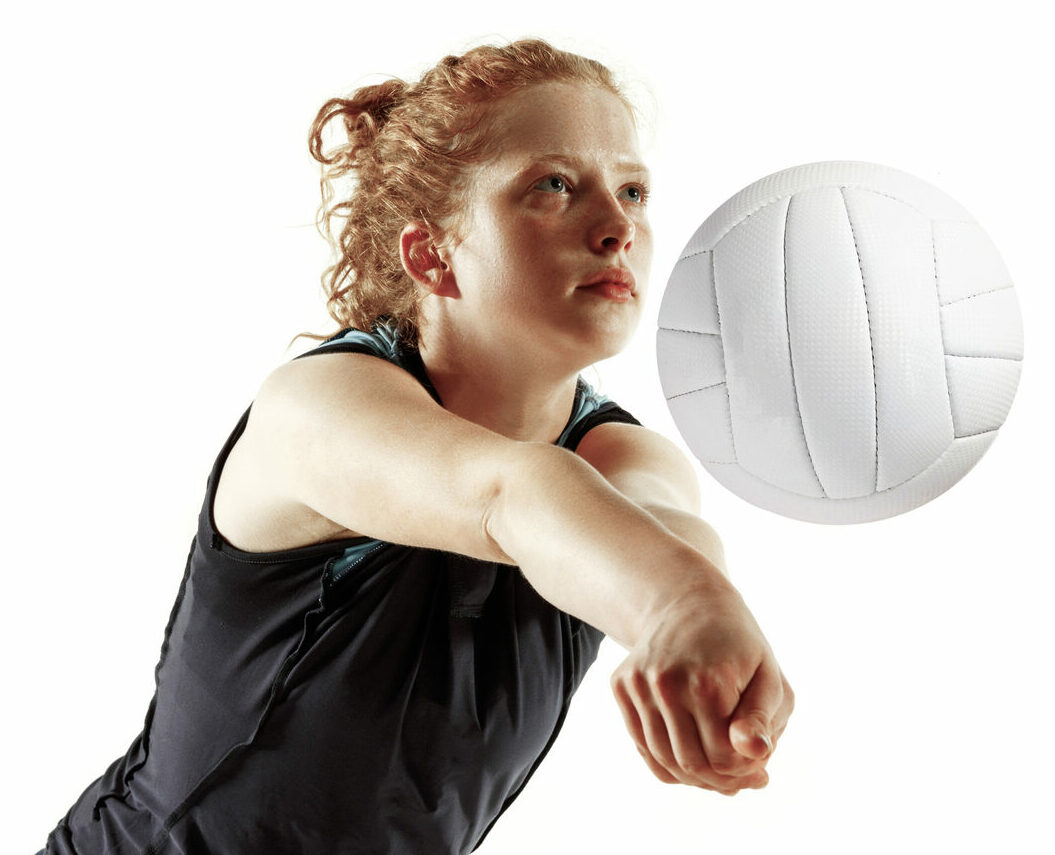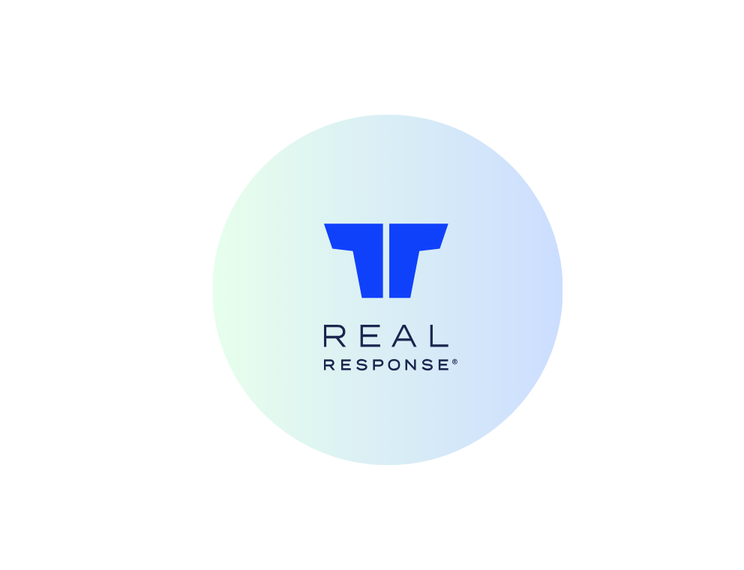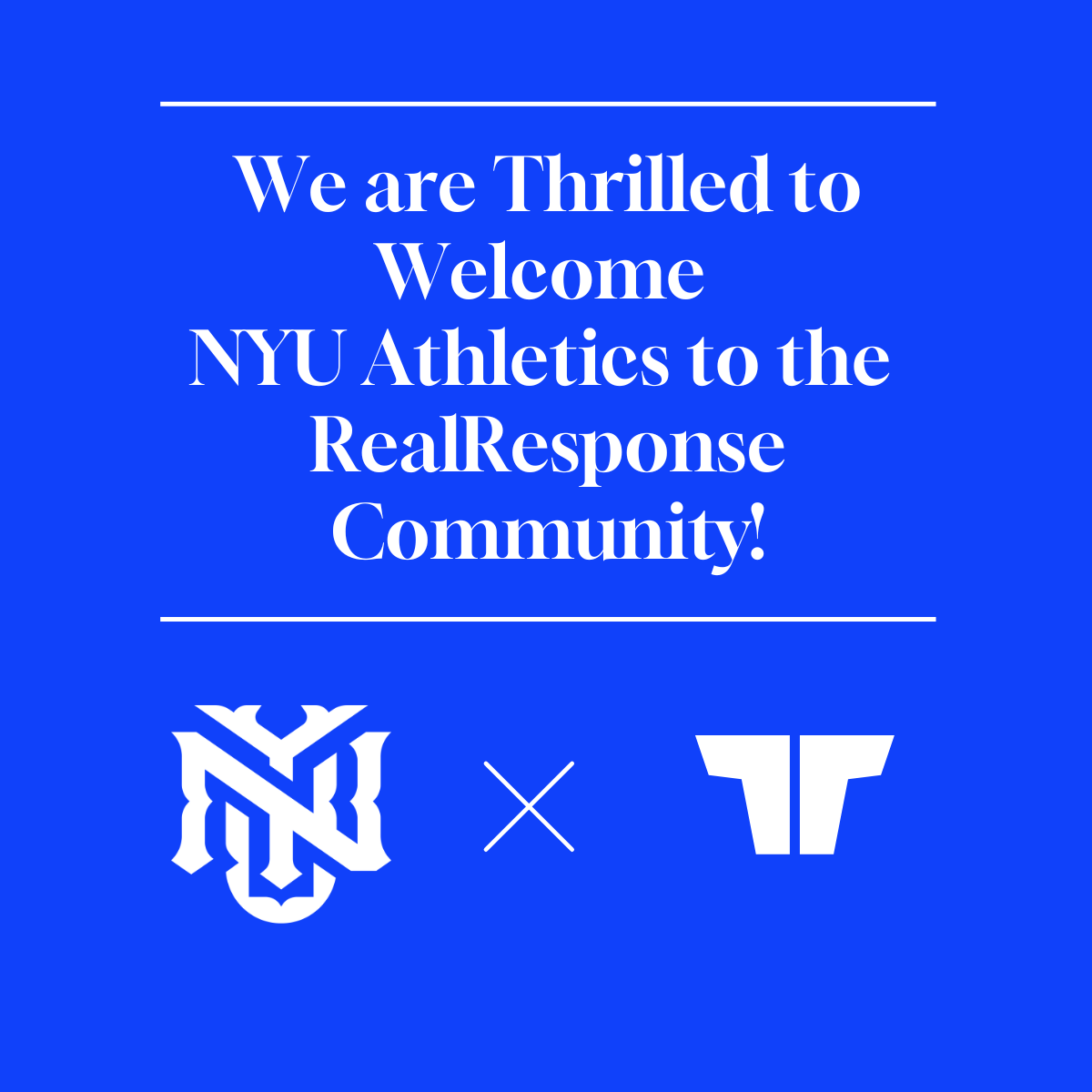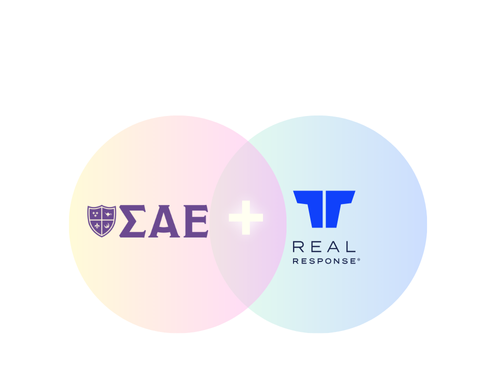By Kelley Kish, Head of Pro Volleyball Operations, League One Volleyball and David Chadwick, Founder and CEO, RealResponse
Anyone who has spent time studying, working or even taking a campus tour at more than one college institution can attest—no two schools are the same.
These nuances naturally extend to the world of college sports. Across teams and conferences, the student-athlete experience is not a monolith. This is particularly true when you consider the differences across NCAA divisions.
Division II institutions offer student-athletes a particularly unique proposition: to be as competitive in their sport as they are in their classroom and career pursuits. Even with an impressive 1:8.93 access ratio to championships, former Division II student-athletes are more likely than non-athletes to agree they were challenged academically in college and more likely to have held an extracurricular leadership position.
But nurturing an atmosphere that so fiercely champions students’ abilities in and out of the game requires a special kind of athletics leader, and a different support playbook.

Kelley Kish is an experienced college athletics leader, having held Athletics Director roles at a number of institutions including Lake Erie College (DII), Wingate University (DII) and Winthrop University (DI).
Today, she applies much of her DII and NCAA leadership expertise to her role as Head of Pro Volleyball Operations at League One Volleyball, a first-of-its-kind community re-imagining the future of volleyball.
Striking the distinct Division II balance
“Life in the balance” has become a mantra in Division II, representative of these institutions’ mission to help student-athletes reach their highest potential across sports, academics, personal development and community service. It’s the philosophy behind their partial scholarship model, which underscores the blend—rather than a firm separation—between athletics and post graduation prep.
To make good on these promises, Division II institutions need athletics directors who are equally bought into the power of balance. Of course, these leaders are responsible for coaching their teams and guiding them toward championships, but they’re also key in helping students plan for life after college and develop transferable skills for whatever comes next.
Succeeding as a Division II athletics leader requires:
- A deep understanding of the Division II philosophy. These institutions are operating within a different framework compared to Division I or III. Athletics directors’ north star should be calibrated to the division’s primary goals. In the case of Division II, this means a commitment to academic success, holistic student-athlete development and student- athlete well-being. When all campus leaders are focused on these outcomes—from the president and cabinet to athletics staff—making the right decisions becomes much more intuitive.
- Being a steward of the student-athlete experience. Athletics directors bear the responsibility of helping cultivate a student-athlete experience that the institution can be proud of. In Division II, that means identifying all the pieces that must fall into place in order for students to participate in the sports they love while excelling in the classroom. This, however, is not a one-time exercise. In today’s complex college athletics landscape, leaders need a constant pulse on how student athletes are feeling, and what they’re concerned about. It’s the only way to maintain a culture that retains and grows talent.
Capturing the Division II student-athlete voice
Division II athletics programs operate within an exclusive set of principles. But that does not mean they are immune to many of the timely issues challenging Division I institutions.
Student-athletes across the NCAA have more options available to them than ever before, from name, image and likeness activities to the transfer portal. As a Division II program leader, coach or administrator, these realities weigh on you daily. These are curveballs that force you to confront questions like, “How do I empower players to embrace these opportunities while helping preserve that crucial balance?” In regard to the transfer portal, there may be more pressure to reflect on, “Am I doing what I can to ensure players are enjoying their experience here?”
From a student-athlete’s point of view, navigating these life-changing scenarios on top of managing academics, preparing for a post-graduate career and developing personal relationships (to name a few) is a formula for volatility.
Some concerns that arise will always be beyond leaders’ control—such as a student athlete’s desired playing time or preference to be at an institution closer to family. But there are plenty of variables that can be controlled, so long as you have visibility into them. This makes it even more important for athletics leaders to have a view into what’s happening within their teams and to provide channels that elevate students’ voices.
As an athletics leader, you interact with student-athletes regularly, whether during travel, supporting at home games, attending SAAC meetings or holding office hours. But you can’t be everywhere all at once. Instead, you have to make it easier for students to engage on their terms. This requires mechanisms that support:
- Real-time anonymity: When mental or physical wellness is on the line, a student shouldn’t have to wait until they run into you to express their concerns. Not to mention, if that was their only option, would they even feel comfortable sharing? With an anonymous reporting channel in place, student athletes can raise a flag wherever they are, whenever they’re ready.
- Two-way feedback loops: Listening to student-athletes’ feedback is vital. But it’s only half of the equation. Student-athletes want to be heard, but they also want to understand how the information they share will be used (or what changes will come as a result). Reporting channels that offer two way communication give students peace of mind that their concerns aren’t disappearing into a voi —and give staff a way of acknowledging when feedback is used to shape team or department decisions.
Another mantra in Division II is “make it yours”—emphasizing the importance of helping students craft the college experience that fits their personalized needs. As an institution, living up to this requires constant, thoughtful calibration. What works for student-athletes today or this semester won’t necessarily be the case tomorrow, or even next month.
But as the college athletics world evolves, the Division II promise is consistent: to empower student athletes through a well-rounded college experience. Leaders may just need new tools to make good on it.
RealResponse is invested in elevating student-athletes’ voices across institutions of all divisions. By offering a safe, anonymous platform for two-way communication, we ensure everyone has a chance to be heard.



















